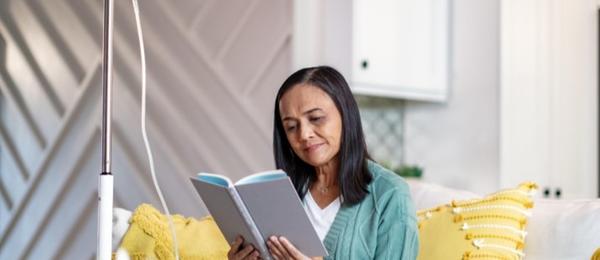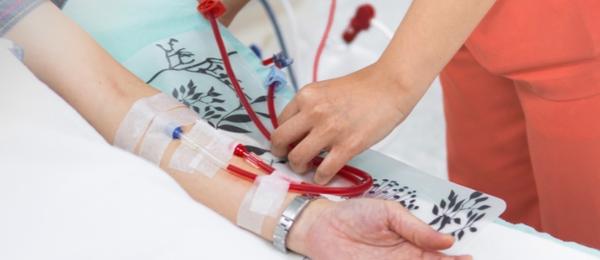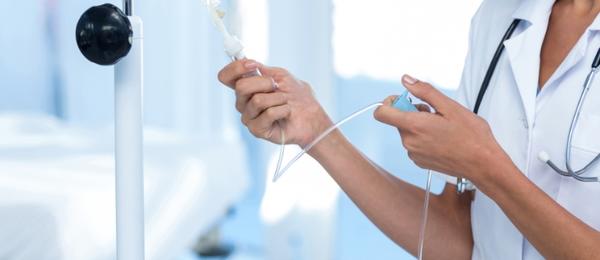Peritonitis Prevention
People on peritoneal dialysis can be at risk of an infection called peritonitis.1
What is peritonitis?
Peritonitis is when the lining inside your belly (abdomen) becomes infected. This lining is called the peritoneum, and it covers and supports your internal organs.2
Peritonitis is usually caused by bacteria entering your belly via your catheter or exit site. The bacteria can come from your skin, the home environment, or through a tiny hole that could even come from a kitten claw. Contamination can be called ‘wet’ contamination (such as from leaks, or touching the connector where the solution will go) or ‘dry’ contamination (such as disconnection near a clamp).1
Peritonitis can have serious consequences. Seek treatment quickly if you experience any of the following symptoms1,3:

Fever and chills
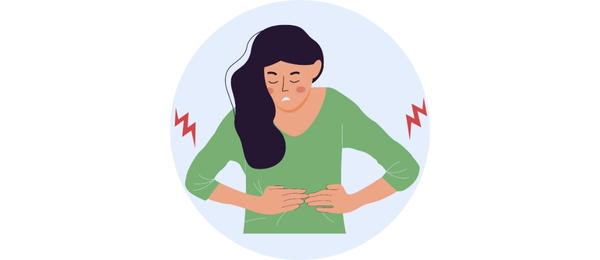
Abdominal pain or discomfort

Diarrhoea
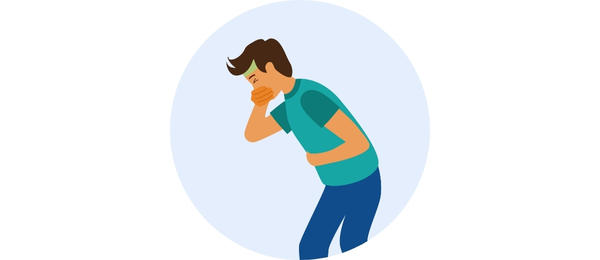
Nausea and vomiting
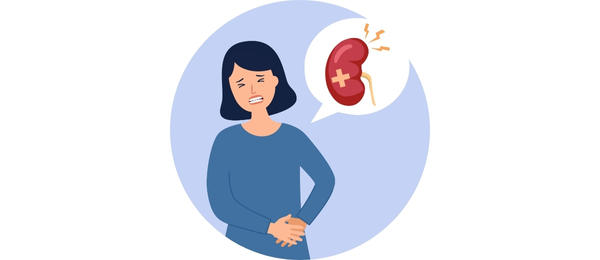
Worsening or new-onset renal failure
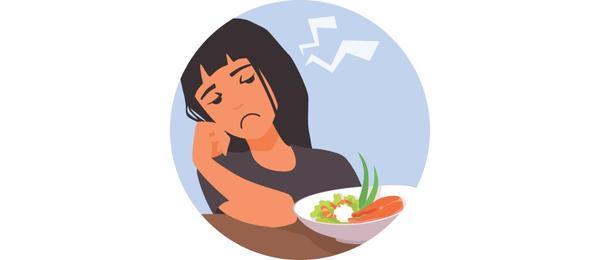
Anorexia, or eating disorder
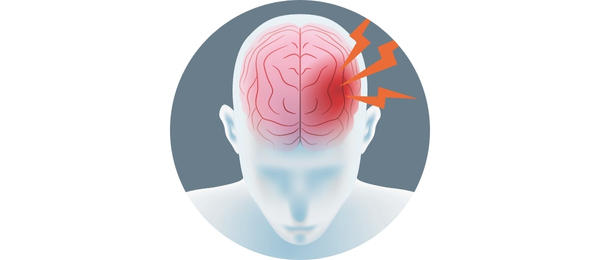
Worsening or unexplained encephalopathy

Ileus, or inability of the intestine to contract normally
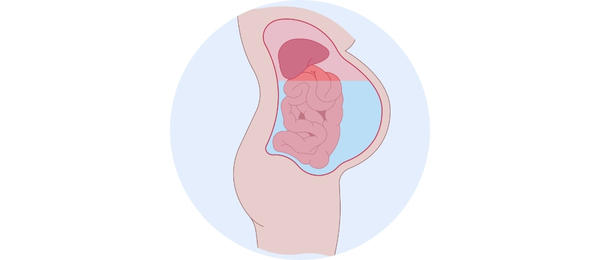
Ascites i.e., abdominal fluid that does not resolve even after taking diuretics
How can I prevent peritonitis?
The good news is that you can take simple steps to reduce your risk of peritonitis, little by little.1
It can be very frustrating if you get peritonitis, but don’t blame yourself! By learning more what causes peritonitis, you will know how best to avoid it. Small changes can help you stay healthy. Share this information with your loved ones.
Consider your household environment, a healthy routine, and your dialysis equipment.
Getting you and your household ready
Have a healthy routine to help prevent infection

1. Before bag exchange
- Home environment: Turn off air flow (such as air conditioners, purifiers, ventilators) 30 minutes before, and close the windows and doors of your room4
- This is because contaminants in the air can spread onto your equipment.4
- You can increase air flow again when you have finished connecting or disconnecting!4
- Personal: Hand wash or rub, and wear a mask1,8
- Use soap and water, every time.1
- Germs in breath or saliva can get onto the connector when sneezing or coughing, so it is important you (and your carer!) wear a mask.9
2. During bag exchange
- Use alcohol rub on your hands before connecting7
- Mind your hands10
- Do not hover or reach your hands or arms over the connector. Germs on your skin or sleeves can directly touch or fall onto the connector and get into the catheter.10
- Tip: Do not cross your hands over each other. Keep your eyes on the connector!
- Remember not to touch the connector1
- Any germs on the connector can get into the catheter. Accidentally touching the connector or the cap with your fingers, especially with unwashed hands (not following aseptic, non-touch technique), can cause peritonitis.1
- Tip: If hand–eye coordination is difficult, or you have a tremor, talk to a nurse or occupational therapist. Tailor-made devices can help people connect securely.11
- Use alcohol rub on your hands before disconnecting7
3. After bag exchange
- Properly dispose of the dialysis effluent (as instructed by renal centre nurses)1
- Wash your hands1
It does take practice to get into a healthy routine. Follow this advice so you can keep doing dialysis hassle-free. Your kidneys will thank you! One study in Hong Kong found that the majority of peritonitis cases could be prevented by avoiding touch contamination and accidental disconnection.12 Aim to get a little bit better at it over time.
Other changes can help
Consider your dialysis equipment and what type of dialysis might be best for your circumstances.
- Y-shaped system design: Consider modern connector designs that have an asymmetrical Y shape so that there are no crevices where germs can gather.13–15
- Flush before fill: Equipment that allows the “flush-before-fill” technique can flush out contaminants in the catheter before new fluid goes into your body. Ask your doctor about the “flush-and-fill” technique.16
- Single-use equipment: Use disposable equipment and dialysis fluid every time. Only order from authorised local suppliers.15
- APD over CAPD: Since APD (automated peritoneal dialysis) requires fewer exchanges per day than CAPD (continuous ambulatory peritoneal dialysis), thereby reducing touch contamination, it may bring down the rate of peritonitis by as much as 40%.17 Modern connection systems seem to have reduced differences in peritonitis rates between APD and CAPD; however, some clinical studies in Kuwait, Mexico, and Scotland did find lower peritonitis rates for patients using APD over CAPD. APD may also be able to offer more dialysis-free time during the day.18–20
Consider your skin, especially the skin around your catheter.
- Exit site care: Bacteria on the skin around your catheter can get into the body directly.1 Germs can easily gather in skin folds.14 Monitor the condition of the exit site and report any changes to your doctor or nurse. You may ask your doctor or nurse for a daily antibacterial cleanser.1
- Catheter care: Keep your catheter dry. Some people suggest avoiding swimming, check with your doctor or nurse. Showers are okay when the skin around your catheter has completely healed.1,5
- Skin care: Some people get itchy skin.21 You can use moisturiser to avoid scratching it.
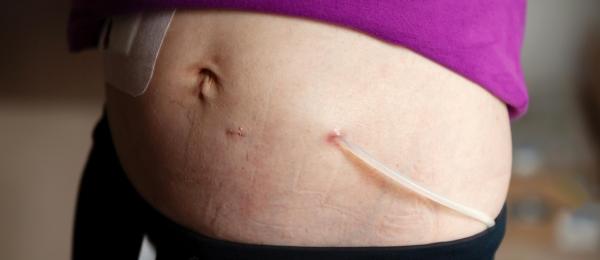
Good exit site
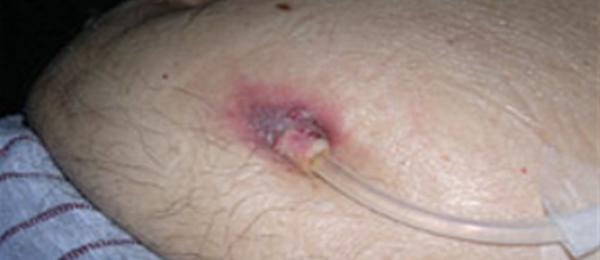
Bad exit site22
Consider getting feedback on technique regularly.1
- We recommend that you proactively seek feedback on your dialysis technique. Visit or contact your dialysis centre for retraining or just to refresh your memory.1
- Dialysis centres can arrange a community nurse to visit or follow up with you, since it can be very helpful for someone to see how you set up dialysis and give you personalised feedback – on both the bag exchange environment at home, and on tips for your technique – so that you can avoid the hassle of infection. People who do this regularly have a lower rate of peritonitis!1

